Wat Lok Moli ‘Feed you eyes with Lanna-style architectures’

No matter how fast time flies, temples are still popular and eternal tourist attractions for both Thai and foreign people. Most everyone love to go sightseeing, paying respect to the principle Buddha’s statue, or making merit. These are all good things.
And, Chiang Mai is a province that have many old and valuable temples. There is no wonder why tourists love to travel there.
You may already know about some temples in Chiang Mai. But, for those who don’t know which one they should go, then here is the suggestion.


Wat Lok Moli is an ancient temple in Muang County, Chiang Mai Province. It’s over 500 years old, but there aren’t enough evidence to tell the period of establishment. However, its name first appeared in the year 1367, which is a part of Phaya Guena’s age. Phaya Guena was the 6th king of Lanna Kingdom.
If you have never heard of this temple before, then just think about the movie ‘The Legend of Suriyothai’. There is a scene in the movie that took place at Wat Lok Moli. It’s the scene that King Chairachathirat lead the army out of Ayutthaya to battle with Lanna. This probably ring a bell.


There are many important architectures within the temples. Let’s see.
- The Chedi : Of course, all temples must have Chedis. The Chedi of Lok Moli temple was built somewhere in the end 21st Buddhist era. It appears as a shape of a castle, you know, a stone castle that you may have seen in some other province of Thailand.
- The Vihara : It was once abandoned, but renovated later. Now, it looks beautiful with Lanna art style. You should see many wooden carving around it.
- The Principle Buddha’s Statue : The principle Buddha’s statue is in meditation manner.
- The Gate : This one is located right in front of the vihara/ It’s decorated in Lanna style.
- The Monk’s House : This is no ordinary monk’s house. Mostly, monks’ houses are made of wood and have no special decoration, but not this one at Wat Lok Moli. The monk’s house at Wat Lok Moli is super gorgeous and luxury with Lanna style. It consists of statues and stone carvings.


Moreover, there are also many good activities wating for you at the temple, for instances, Songkran Festival, Buddhist ordination for novices, Dhamma practicing, and other events on the important days of Buddhism. Feel free to join if you have a chance.
How to get there
Wat Lok Moli is located at 229, Manee Nopparat Road, Sri Phoom District, Muang County, Chiang Mai Province.
There are two different ways to get there. First, you take our own car and drive along Manee Nopparat Road. Just look for a PTT Gas Statiom. That’s right. Wat Lok Moli is located before the station and there is also Manee Nopparat 2nd Block between the two places. It’s not very hard to notice. Don’t worry.
The second way is to take a red truck and tell the driver that you want to be dropped off at Wat Lok Moli.
Nearby Places
Wat Phra Singh is perhaps the second most venerated temple in Chiang Mai after Wat Phra That Doi Suthep. It houses three main structures, the main attraction being the elegantly decorated Lai Kam assembly hall and its restored murals depicting the lives of locals hundreds of years ago.
Located inside the moat in the northeast corner of the Old City, this is probably the oldest surviving Buddhist temple in Chiang Mai. Thought to have been built in 1296 during the reign of King Mengrai, Wat Chiang Man served as a temporary home to the ruler while his new city of Chiang Mai was under construction.
Only 6 minutes! Yes, right, 6 minutes! Just drive from Wat Lok Moli for about 6 minutes and you will arrive Wat Chedi Luang. The route is only 2.2 kilometres. You may be able to walk on your feet instead of using a car, actually.
Wat Pan Tao is located next to the large royal temple, Wat Chedi Luang, in Chiang Mai, Thailand. The temple’s most interesting feature is it’s wooden chapel, one of very few left in Chiang Mai. Built in the late 14th century, the chapel was originally a royal palace, but was moved to the royal grounds in the 19th century to commemorate the new King.

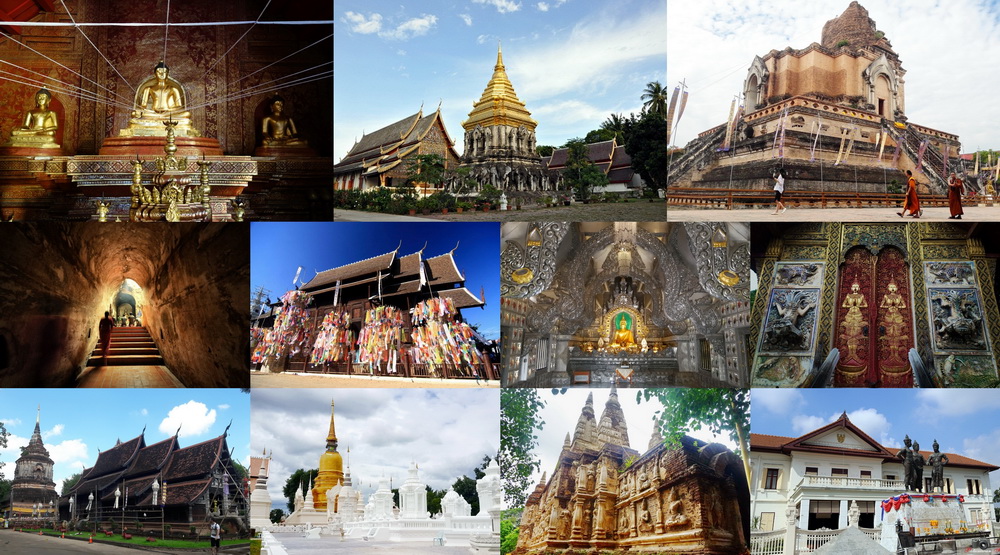
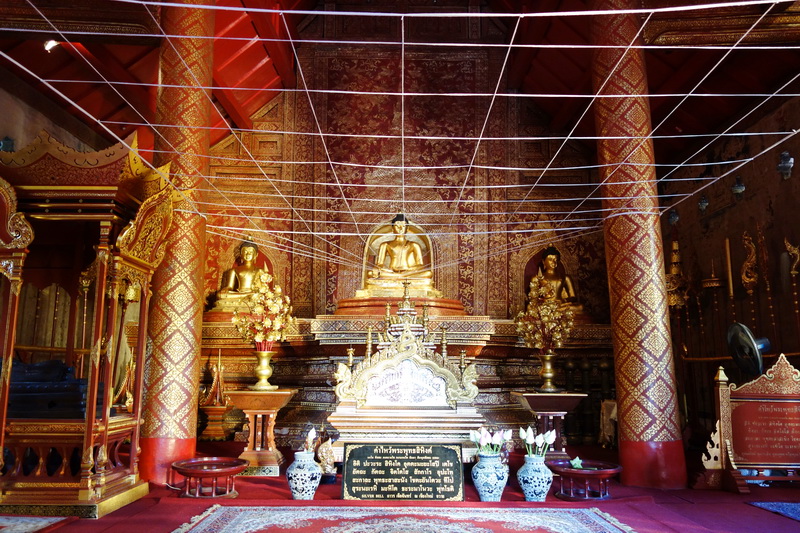



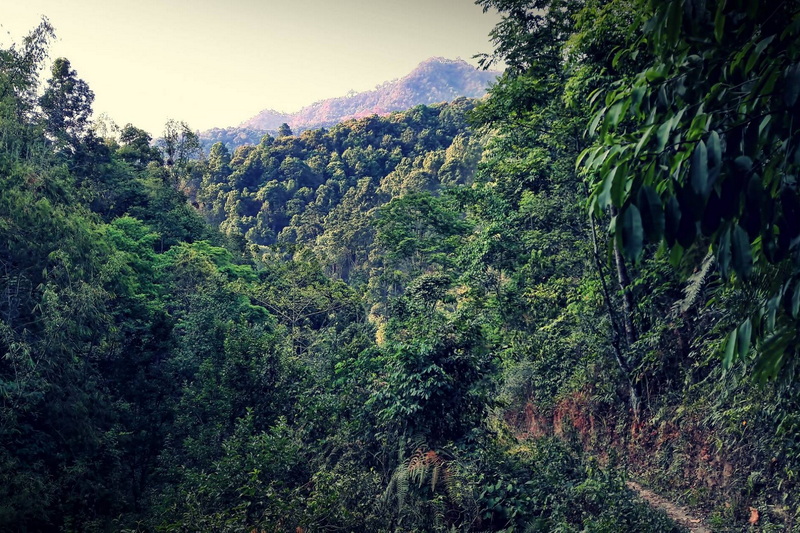


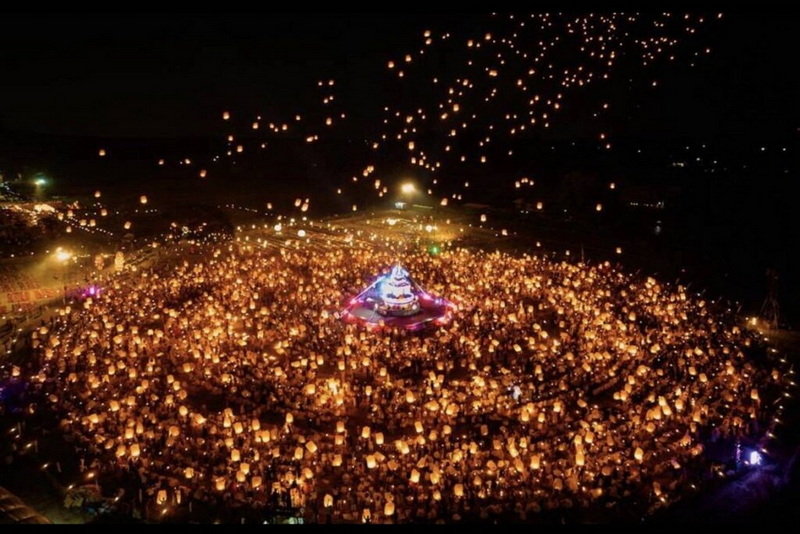
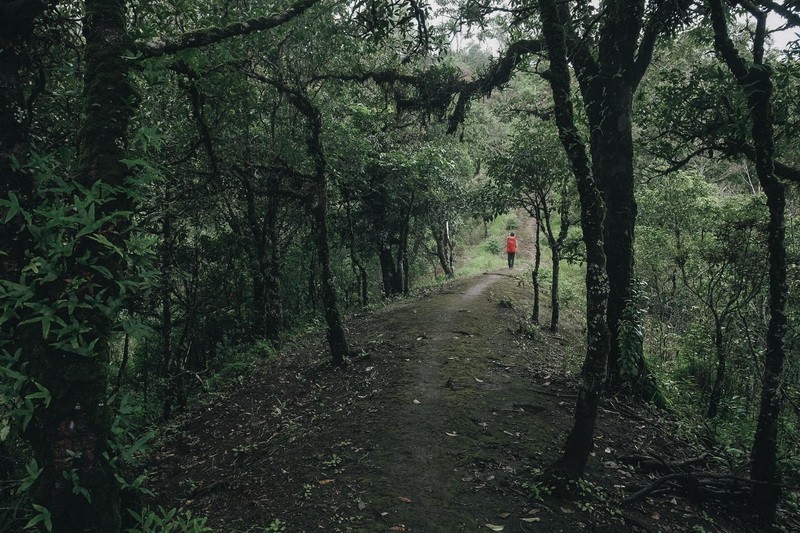

Leave A Comment